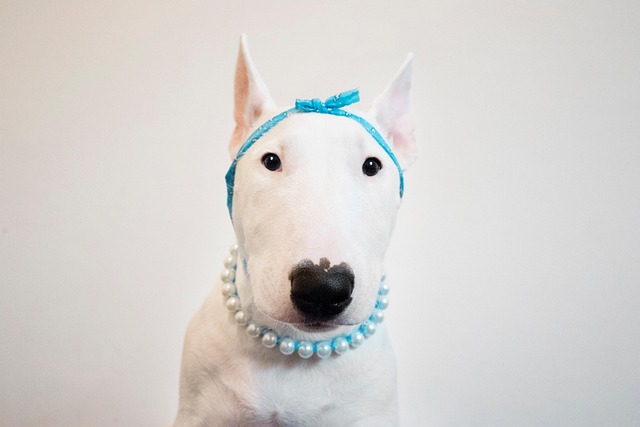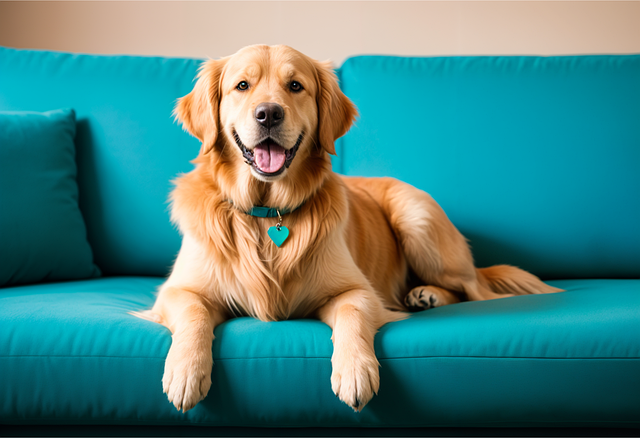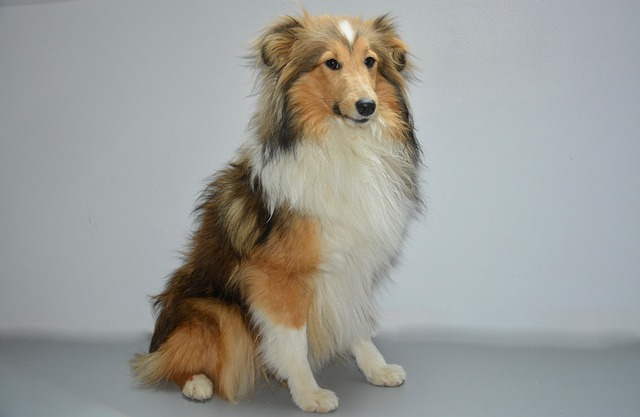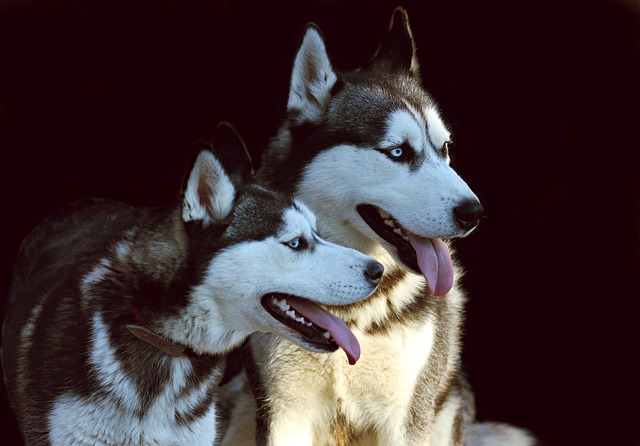I’ll open with a relatable awkward moment of a new owner unsure how to pet a stranger’s dog, explain why first-time petting hinges on canine trust and body language, share step-by-step respectful techniques, and weave in compliance and etiquette tips.
I stood in my friend Lena’s Seattle neighborhood park last Saturday, watching her freeze mid-step as a golden retriever bounded over—its owner calling, “He’s friendly!” Lena hesitated, hand half-raised. “I don’t want to scare him. How to pet a dog for the first time without messing up?” she whispered. If you’re a new U.S. dog owner or someone who loves pups but fears missteps, first-time petting is about respect, not speed. It’s how you ask a dog’s permission, read their cues, and turn a stranger into a friend—without overwhelming them.
To understand how to pet a dog for the first time, let’s break down canine trust. Lena’s trainer, Maria, explained that dogs see sudden hands, direct eye contact, or towering over them as threats—instincts from their wild ancestors. A dog’s first impression of touch shapes whether they feel safe: a bad experience (like a rough pat on the head) can make them flinch or back away for life. The golden retriever, named Max, wagged his tail loosely (a good sign) but stayed a step back—he was checking Lena out, too. Unlike forcing affection (like Lena almost did by leaning in), letting the dog set the pace builds trust. Scolding a dog for pulling away (if Max had done so) violates U.S. animal welfare standards; he wouldn’t be “rude”—he’d be communicating his comfort level, and our job is to listen.
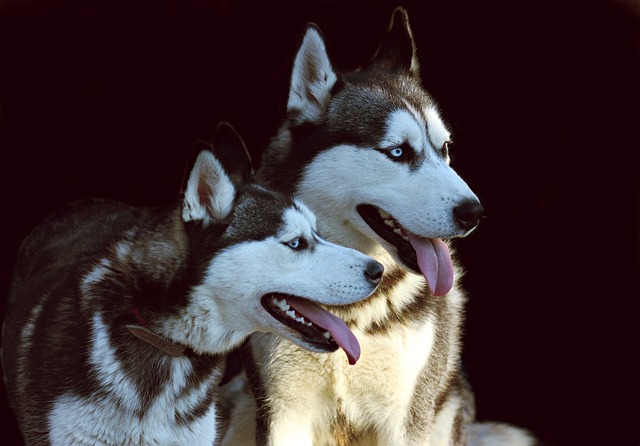
Here’s how to pet a dog for the first time, using Lena’s successful interaction with Max: First, ask the owner first (non-negotiable). Lena smiled and said, “Is it okay if I pet Max?”—the owner nodded, adding, “He loves back scratches!” This step avoids surprising shy or reactive dogs, and owners know their pup’s triggers. Second, let the dog approach you (don’t chase). Lena stood still, hands at her sides (no sudden movements), and let Max sniff her closed fist—sniffing is a dog’s way of “meeting” someone. When he nuzzled her hand, that was his “yes.” Third, start with safe spots (avoid vulnerable areas). She used her palm to scratch Max’s upper back and shoulders—spots dogs can see and control, unlike their face, belly, or tail base (which feel exposed). She kept strokes slow and gentle, no patting or squeezing. Fourth, read their “happy” cues (and stop if they fade). Max leaned into her hand, wagged his tail low and loose, and licked his lips softly (a calm sign). If he’d pulled away, flattened his ears, or tensed up, Lena would have stepped back immediately—no hard feelings.
For apartment living and community etiquette, these rules apply everywhere: When visiting a friend with a dog (like Lena’s neighbor with a Chihuahua), wait by the door until the pup comes to you—don’t rush into their space. On walks, carry two essentials: biodegradable poop bags (Seattle fines $175 for leaving messes) and a small treat pouch—if a dog approaches, ask the owner, then reward the pup after gentle pets (positive reinforcement for calm interactions). Never assume all dogs want pets: Lena now carries a “I love dogs!” pin but still asks first—some pups (like rescue dogs) need more space. Keep your own dog’s rabies vaccine up to date (mandatory nationwide)—it’s a safety must for any pet interaction. Maria also reminded Lena that kids need extra guidance: Teach them to “let the dog sniff first” and avoid hugging (most dogs hate being restrained).
A week later, Lena texted me a photo: She’s sitting on the park bench, Max curled beside her, as she scratches his shoulders. How to pet a dog for the first time? For Max, it was patience, permission, and soft scratches. For any dog, it’s about treating them like a friend you’re meeting for coffee—slow, respectful, and ready to listen. First-time petting isn’t about “getting a cuddle”—it’s about earning their trust, one gentle stroke at a time.
